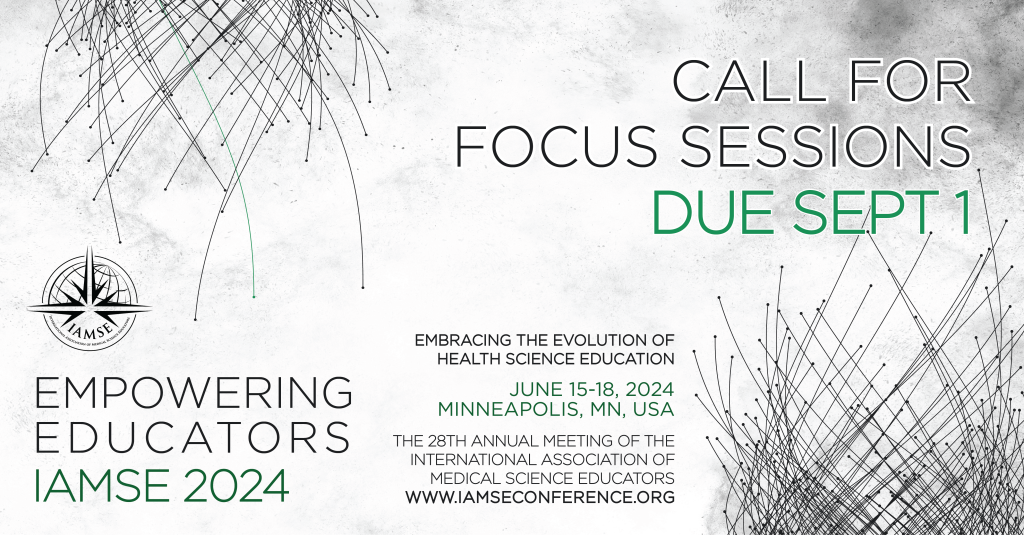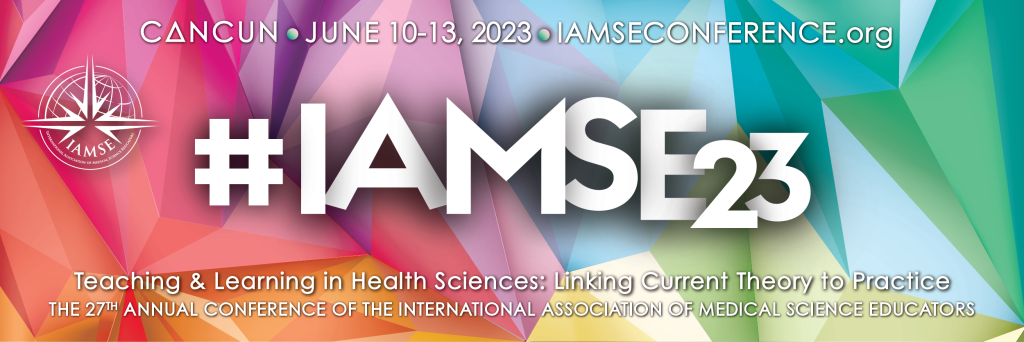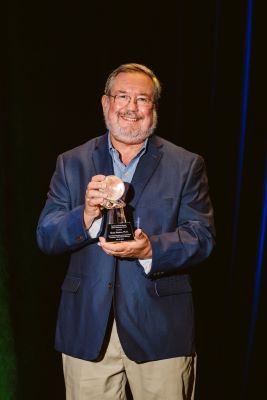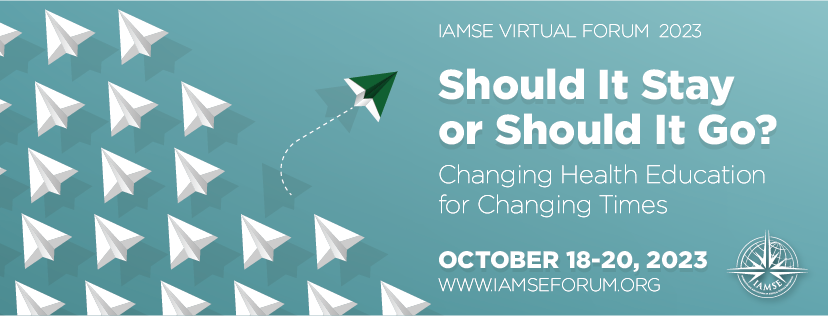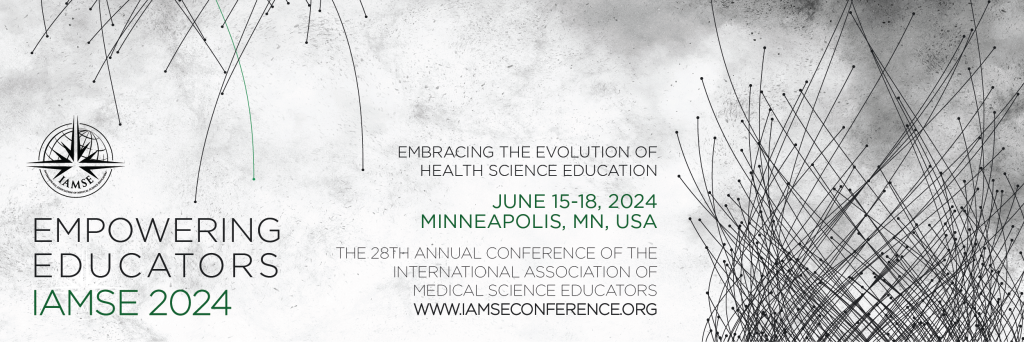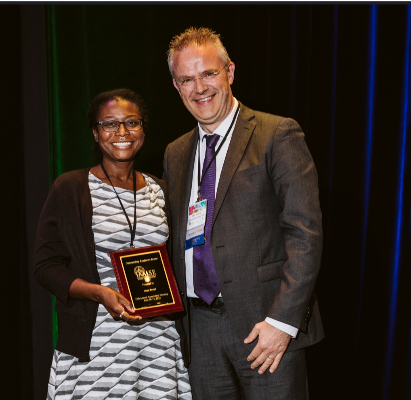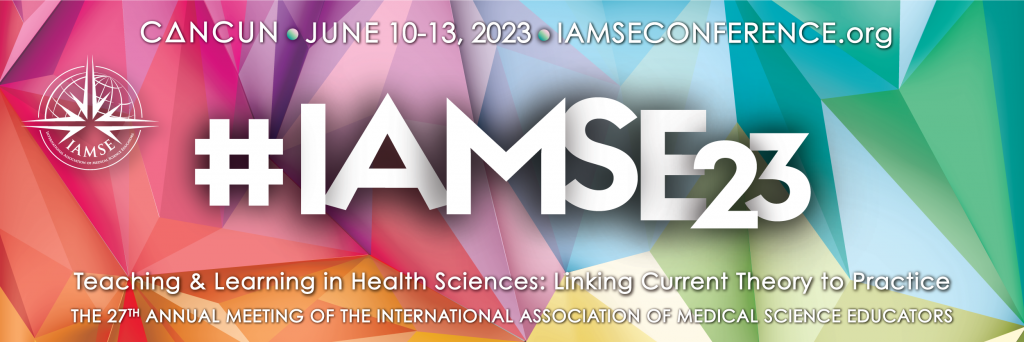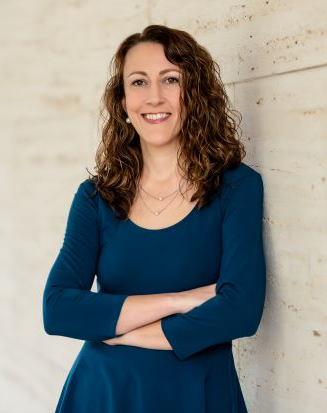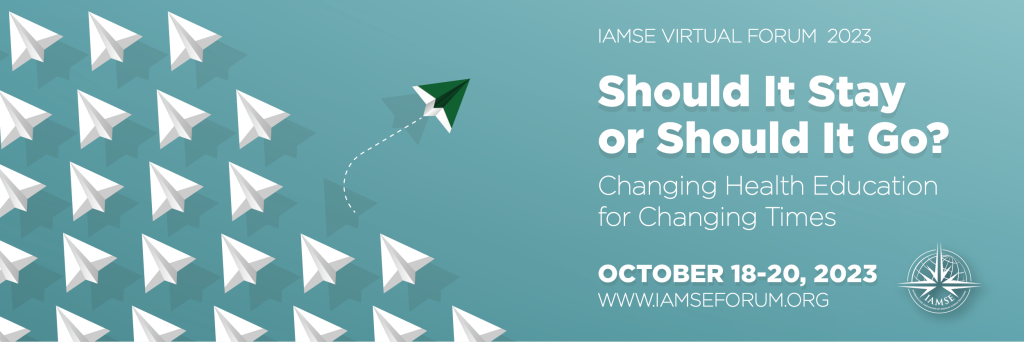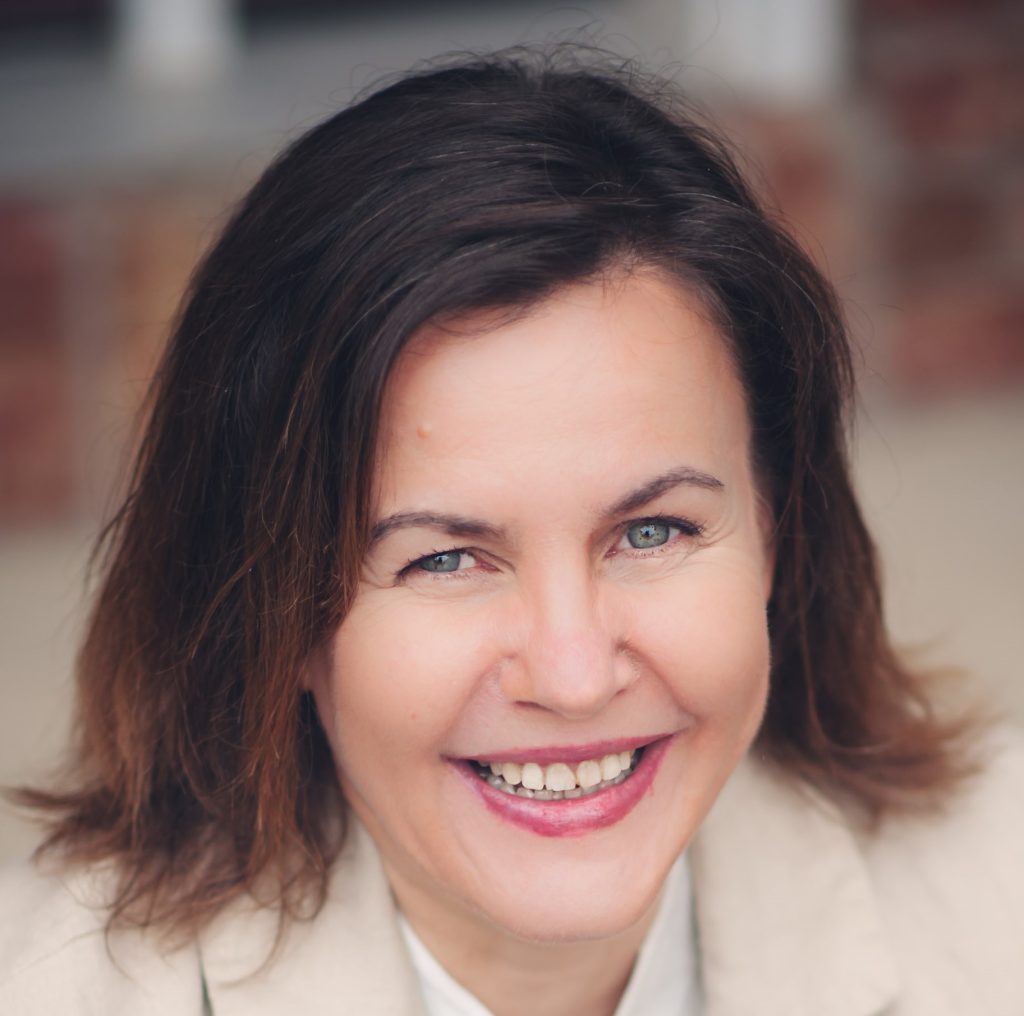Our association is a robust and diverse set of educators, students, researchers, medical professionals, volunteers and academics that come from all walks of life and from around the globe. Each month we choose a member to highlight their academic and professional career and see how they are making the best of their membership in IAMSE. This month’s Featured Member is Amber J. Heck.
Amber J. Heck, PhD
IAMSE 2023 Program Committee Chair
Associate Professor
University of North Texas Health Science Center
As we look to welcome medical educators from all over the world to Cancun next week, and the pieces that you and the team have spent so long planning finally come together, can you reflect on what this process has looked like for you? When did it start? What went the way you thought it would and what was different?
In 2021, I was charged with leading the 2023 Program Planning Committee, and the time has passed quickly. When I think back on everything that we as a committee have accomplished, I am amazed. Our first tasks back in 2021 were to select a conference theme and plenary speakers, and in retrospect I feel this was the time where we became a cohesive team. I am thrilled about the theme for the 2023 meeting: Teaching and Learning in Health Sciences: Linking Current Theory to Practice. I am a huge fan of cognitive psychology and we have some amazing plenary speakers lined up who are sure to both inform us and challenge us on our current practices. Looking back, I am thankful to the committee members who have dedicated many hours each month to ensuring exceptional professional development and networking opportunities at the annual meeting.
What does the process of coordinating an academic conference look like?
The committee is composed of 15 members, plus ad hoc members, from diverse professional, geographic, and demographic backgrounds. The committee members are responsible for selecting the conference theme, plenary speakers, and focus sessions, and in addition participate in the review of oral and poster abstracts, along with other tasks. This year the committee reviewed 537 abstracts total!
Can you share a standout memory or highlight from the planning process for this event?
The most meaningful part of this process for me has been to observe my fellow committee members leading parts of the planning process. Many volunteered to champion our most essential tasks including the review of the 2022 meeting survey data, moderator support, presentation awards, social media, and travel awards. It has been a privilege to celebrate their successes and support them as they navigated difficulties. I am eager to witness the impact of their efforts at the annual meeting.
What workshop, session or event are you most looking forward to in Cancun?
As with every meeting, I am overwhelmed by preselecting the topics since so many of them sound interesting. I look forward to hearing about the balance between standardization and individualization of medical education, to learning how basic science education can be tied to patient outcomes, and to seeing examples of how the medical education community responds to a renewed understanding of inclusiveness. And all this in a beautiful setting – it is definitely something to look forward to.
With your tenure as the 2023 Program Committee Chair coming to an end, what do you plan to do next? What advice would you give to another member considering joining an upcoming planning committee?
After the conference, I will remain committed to IAMSE by serving on the Educational Scholarship and Professional Development Committees. For IAMSE members wishing to serve on the Program Committee or other committees in the future, I suggest you take full advantage of networking opportunities at the conference. With a large membership and limited committee seats, the process can get competitive. When the committee members are aware of your skills and motivation to serve, it will enhance your candidacy for committee membership. The first committee I served on was the 2017 Program Committee and I feel it was a great first step to getting more involved in the organization.
Anything else that you would like to add?
I would like to thank the members of the 2023 Program Planning Committee for their passion and support of the IAMSE membership:
Bindu Melon, Claire Canning, Folake Funke Adedoyin, Giulia Bonaminio, Jaya Yodh, Jennifer Montemayor, Joanna Appel, Jorge Valdez, Kim Dahlman, Maria Sheakley, Osvaldo Padilla, Peter de Jong, Swapan Nath, Silvia Oliveres, Tammy Harris, Thomas Heinbockel, Uzoma Ikonne, and Yuan Zhao
In addition, I would like to send a special thank you to the JulNet team, without whom the conference would not be possible:
Julie Hewett, Rachel Hewett, Cassie Chinn, Danielle Inscoe, and Amoritia Hewett
Want to learn more about the IAMSE 2023 Annual Conference? Click here for more information on that program and the hundreds of other presentations happening live in June in Cancun, Mexico! Please note that online registration is currently closed, but we will have registration on-site in Cancun.

